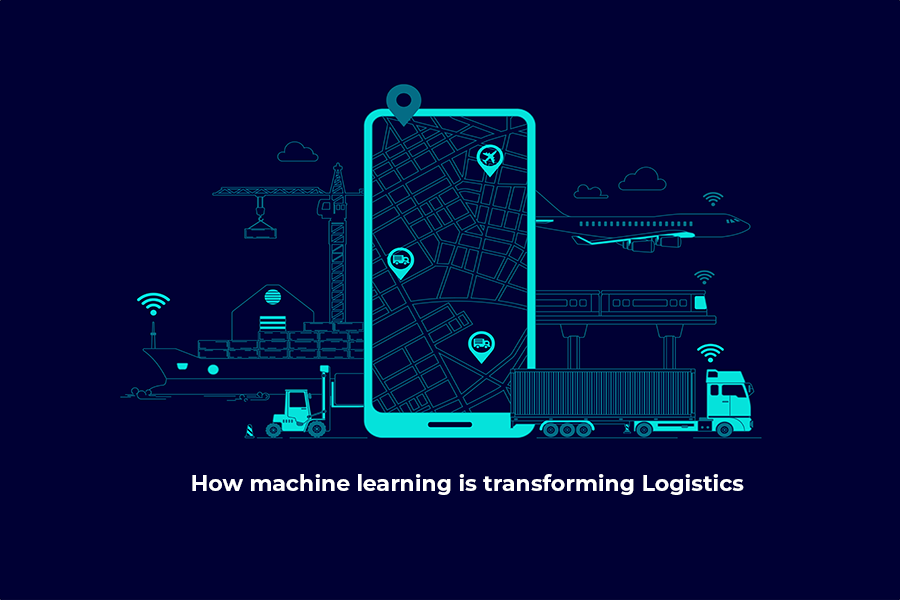
How machine learning is transforming Logistics.
The year 2020 has been a year of disruption. We had to deal with the many consequences and aftermaths of the pandemic.
The logistic industry has been the worst hit with large-scale disruption in the supply and demand for many categories of products. There have been umpteen challenges for logistic managers that they have never experienced in their entire career. One of the most pertinent questions that have been in everyone’s minds is the uncertainty of when all of this will end.
The challenge the logistic industry faces is the unpredictability of transit time. Transit time has become crucial than ever before. But demands and the expected time of supply have been inconsistent due to the pandemic. The cost incurred due to late shipments and the operational dynamics in such a volatile and unstable environment has been a growing concern.
As we slowly recover from the pandemic logistic companies have to focus on how well the transit time be improved. That can be achieved only if we are able to use predictability as a tool.
Technology plays a key role in such situations and one of the many things that can contribute to such scenarios is Machine Learning(ML) techniques. Machine learning (ML) techniques can be applied to provide more accurate transit information and estimated arrival times (ETAs).
If we are able to analyze the historical shipment data in your transportation management systems then data based transit time predictions can be used in better shipment planning and execution processes. This can be a source for better decision making thereby yielding better cost performances.
Let us try to understand the key areas that machine learning is transforming logistics today.
Use stored Events: One of the biggest advantages of machine learning is the ability to use stored events as data and use the same for better decision making. This becomes the key in today’s times as it helps in analyzing the most current events that can impact in transit times. It can give us more accurate predictions and hence gives the right direction in planning for adversaries.
Accurate Transit times: Logistics is filled with complexities depending on the place and mode of operations as it has to pass through multiple destinations. Hence it becomes necessary that we have data based on our past history of transportation to throw us valuable insights to make better operational plans. If we are able to make the best route plans, modes of transportations that will cross different countries as well we can predict more accurate transit times.
Be flexible to changing business scenarios: Business is always volatile in nature as it depends on many external factors that contribute to the scale of stability. Machine learning can help the logistics business to understand the changing business conditions and many of the changing performance levels of service providers.
Results and Reports: The entire machine learning (MI) can be used by shippers to produce analytical data and documentation for various business conditions. This can help in making apt changes for better accuracy in predictions and thereby increase the levels of transit time performances.
Final Thoughts
Adversaries like the pandemic have brought mankind to its knees disrupting every industry. The effects of it will keep continuing in the many months ahead of us and will affect the supply chain. The only way out is to implement tools and technology that will give us accurate data in predicting and planning ahead of time. Machine learning is one of the best tools that can get us there and will accelerate the industry.
